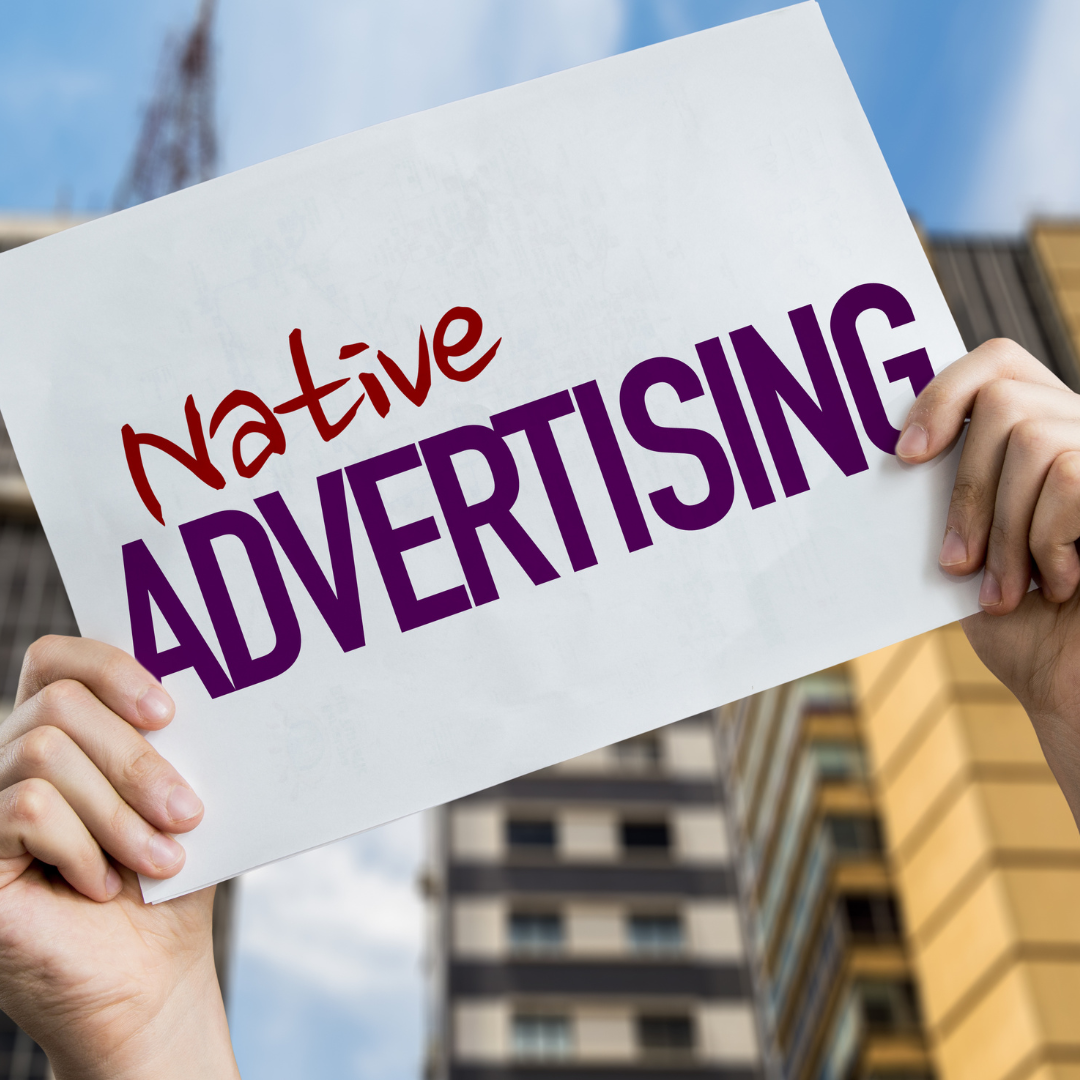
The Basics of Native Advertising
With a growing number of websites and social media platforms, advertisers have to work harder than ever to make their ads stand out. They’ve been using less traditional advertising tools like billboards and radio spots, so they’ve become more interested in native advertising.
Advertisements that blend in more seamlessly with other content are paid for by the company responsible. In this article, we’ll dive deep into what native ads are and what makes them different from other advertisements.
What are Native Ads?
Native advertising is a form of advertising that uses content produced by or in collaboration with the advertiser to appear as if it is part of the content surrounding the advertised product or service. Native advertising can take many forms, but some common examples include sponsorships, placements within editorial content, and interstitials.
Native advertising can be helpful for brands because it allows them to reach consumers without directly promoting their products. It also allows advertisers to get involved in editorial content without disrupting its flow. Finally, native advertising can be effective because it appeals to consumers’ sense of familiarity and trust.
Types of Native Advertising
Native advertising is a form of advertising that uses content from the native environment to promote or sell products or services. Nowadays, such content can be found not only on websites and social media platforms, but even through traditional media. It is, therefore, a rather common practice for businesses to post their content through Instagram and Facebook, and invest in reliable services for card and brochure printing in Ottawa, ON, and similar places worldwide.
There are, however, several types of native advertising: lead gen, retargeting, contextual ads, seller ads, and brand integrations.
- Lead gen native advertising helps marketers identify potential customers by displaying their name and contact information within an article or video. Retargeting native ads follow across different websites and social media platforms to market specific products.
- Contextual ads appear next to relevant website articles and videos and show related product information. Seller ads are similar to contextual ads but offer products from specific brands instead of related product information.
- Brand integrations occur when a company partners with a well-known entity like a celebrity or athlete to promote its products.
The Benefits of Native Ads
Native advertising is an effective marketing strategy that uses content explicitly created for a given platform or context. Native ads are designed to look and feel like the rest of the content on a site or app, thereby increasing engagement and conversion rates.
Here are some of the benefits of using native advertising:
- Native ads are more likely to be clicked on than traditional ads
- They’re more likely to lead to sales
- They’re seen as more trustworthy than other forms of advertising
- They’re less intrusive and can be used in various formats, including video, text, and images
How to Get Started With Native Ads
First, determine our target audience and what they care about. Once we know this, we can start to create content that is relevant to them. We can also use data from social media and other sources to help create ads that are more likely to be clicked.
Next, create our ad campaign. We’ll need to set a budget and ensure the ads are relevant to our target audience.
Finally, measure the success of our campaign by tracking the number of clicks and impressions our ads receive.
What are the Risks of Using Native Advertising?
There are a few risks associated with using native advertising. First, it can be seen as an attempt to mislead the public. If a company uses manipulative tactics to get people to see its ad, it could be considered deceptive and banned.
Another risk is that ads may not be from the company they appear to be from. This can happen if the advertiser doesn’t have any affiliation with the advertised company or uses an existing content platform to promote their product without taking any ownership.
Finally, there’s a chance that people will find the ads offensive or unethical. If the ads appeal to specific demographics or themes, others may view them as insensitive or exploitative.
Let’s Go With Native Advertising and Explore the Possibilities
Native advertising is a form of advertising that uses native content, which is created specifically for the platform or audience it’s being placed on. Native ads are often more effective than traditional ads because they’re tailored to the specific interests and needs of the people. They also tend to be more engaging because they’re designed to be natural and flashy.
Overall, native advertising is a powerful form of advertising that can be very effective in reaching specific audiences. It’s essential to be aware of the guidelines and rules surrounding native advertising so that we can create ads that are both legal and effective.
You May Also Like

Amplify Your Voice: Make an Impact on LinkedIn
November 23, 2023
Spices Every Kitchen Should Have and How to Store Them
September 3, 2021


